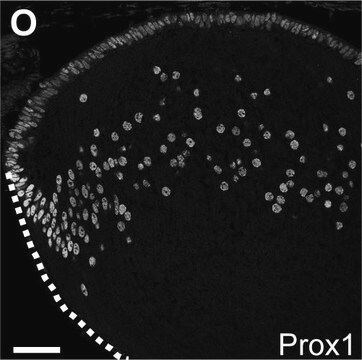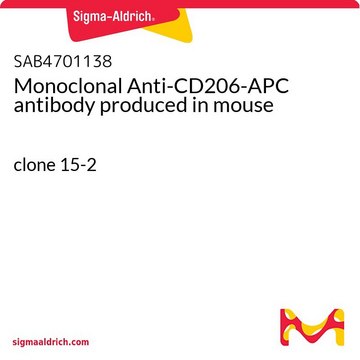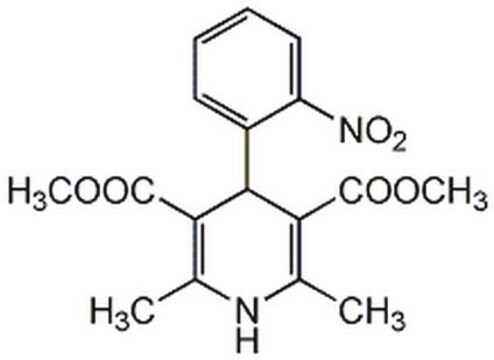MABF2092
Anti-CD44 Antibody, clone Hermes-1
clone Hermes-1, from rat
Synonym(s):
CDw44, Epican, Extracellular matrix receptor III, ECMR-III, GP90, lymphocyte homing/adhesion receptor, HUTCH-I, Heparan sulfate proteoglycan, Hermes antigen, Hyaluronate receptor, Phagocytic glycoprotein 1, PGP-1, Phagocytic glycoprotein I, PGP-I
About This Item
Recommended Products
biological source
rat
antibody form
purified immunoglobulin
antibody product type
primary antibodies
clone
Hermes-1, monoclonal
species reactivity
human
packaging
antibody small pack of 25 μg
technique(s)
flow cytometry: suitable
immunohistochemistry: suitable (paraffin)
immunoprecipitation (IP): suitable
isotype
IgG2aκ
NCBI accession no.
UniProt accession no.
target post-translational modification
unmodified
Gene Information
human ... CD44(960)
General description
Specificity
Immunogen
Application
Immunoprecipitation Analysis: A representative lot immunoprecipitated CD44 in Immunoprecipitation applications (Jalkanen, S.T., et. al. (1986). Eur J Immunol. 16(10):1195-202; Jalkanen, S., et. al. (1987). J Cell Biol. 105(2):983-90).
Flow Cytometry Analysis: A representative lot detected CD44 in Flow Cytometry applications (Jalkanen, S.T., et. al. (1986). Eur J Immunol. 16(10):1195-202).
Inflammation & Immunology
Quality
Immunohistochemistry Analysis: A 1:50 dilution of this antibody detected CD44 in human skin and human sweat gland tissues.
Target description
Physical form
Storage and Stability
Handling Recommendations: Upon receipt and prior to removing the cap, centrifuge the vial and gently mix the solution. Aliquot into microcentrifuge tubes and store at -20°C. Avoid repeated freeze/thaw cycles, which may damage IgG and affect product performance.
Other Notes
Disclaimer
Not finding the right product?
Try our Product Selector Tool.
Certificates of Analysis (COA)
Search for Certificates of Analysis (COA) by entering the products Lot/Batch Number. Lot and Batch Numbers can be found on a product’s label following the words ‘Lot’ or ‘Batch’.
Already Own This Product?
Find documentation for the products that you have recently purchased in the Document Library.
Our team of scientists has experience in all areas of research including Life Science, Material Science, Chemical Synthesis, Chromatography, Analytical and many others.
Contact Technical Service






